Is there life on Mars and beyond? This is one of the biggest questions popularly asked by everyone ever since we began to look into the Cosmos. To answer this question, space agencies sent rovers, landers, and orbiters to visit distant space worlds like mars and beyond. However, one of these rovers launched to Mars may be getting closer to answering this curious question.

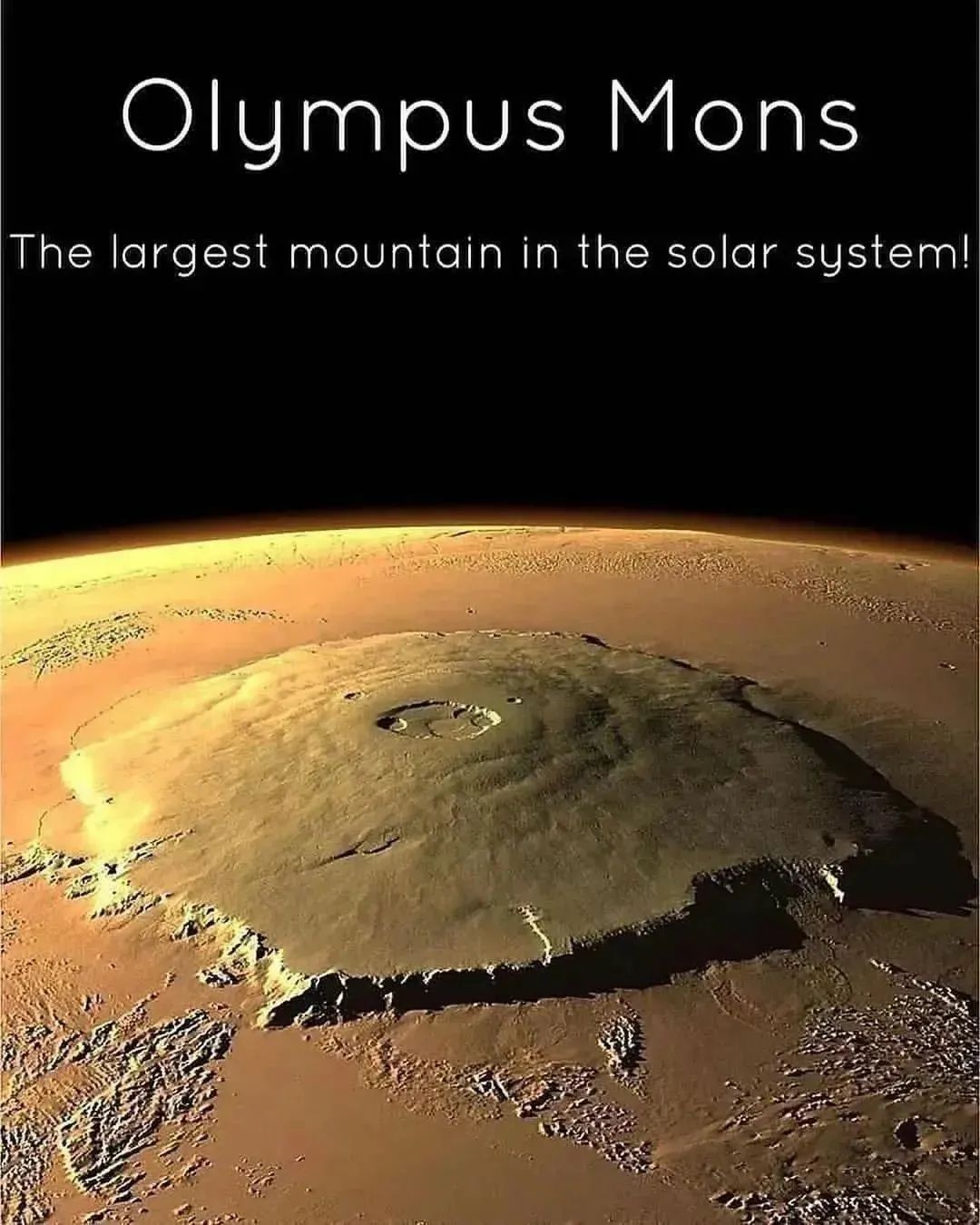
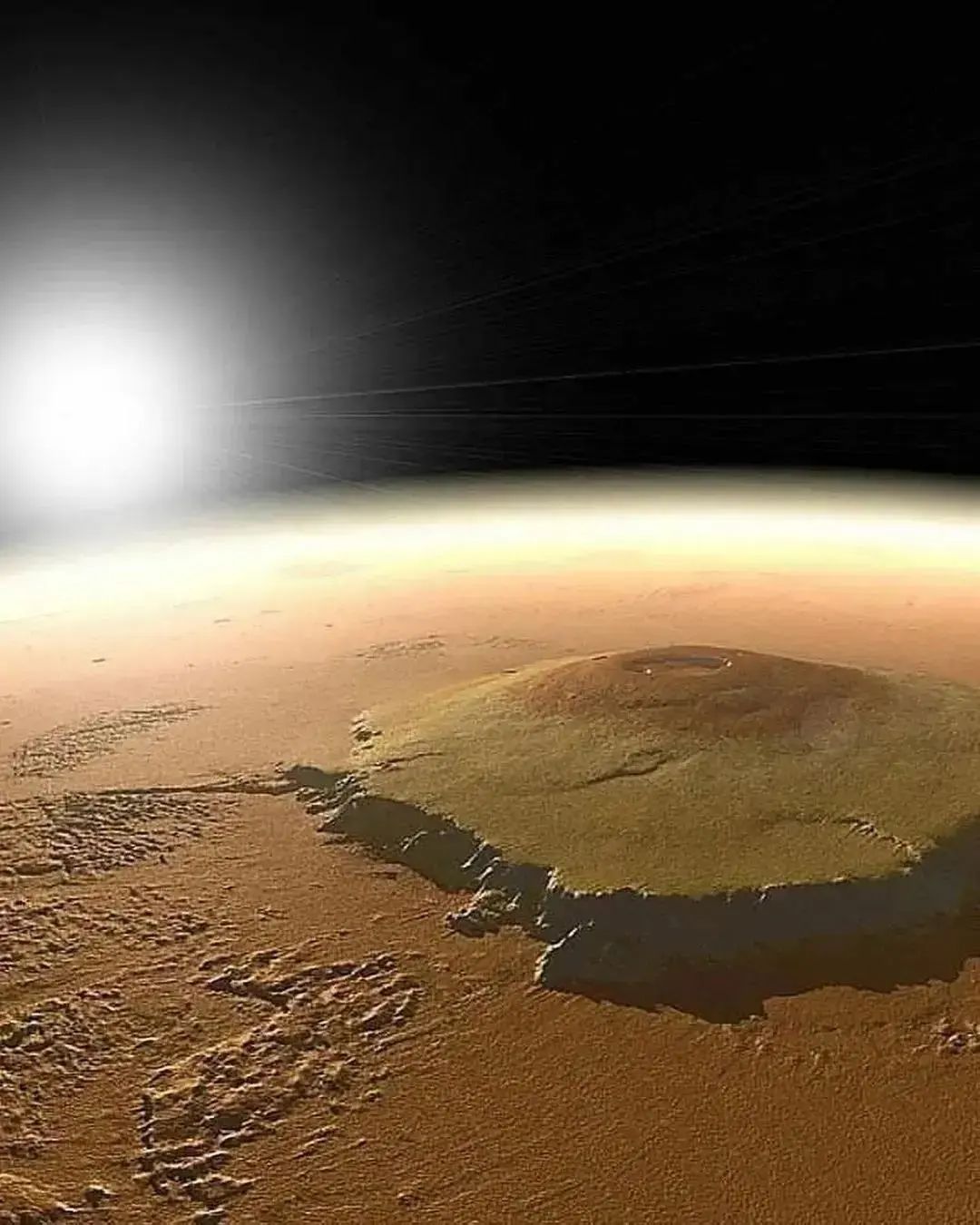
NASA’s Perseverance Mars Rover which arrived on Mars on February 18, 2021, has been exploring the red planet to make new scientific discoveries for humanity. On September 15, 2022, NASA announced that the perseverance rover has collected the highest concentration of organics in rock samples on Mars. The American Space agency was astonished by this discovery, as this is the highest concentration of organic matter the rover has ever seen on Mars.

What Is Organic Matter?
Organic molecules are made up of different compounds that mostly contain carbon, hydrogen, and oxygen atoms. Aside from these, they are also made up of other elements like sulfur, nitrogen, and phosphorus. These molecules are required to undergo chemical processes that don’t demand life to form. However, these compounds are generally referred to as chemical building blocks of life.
As the Perseverance rover discovers rock samples with the highest concentration of these unique molecules, scientists consider the discovery as a sign of potential biosignature. This implies that this discovery could serve as evidence of past life on Mars. However, specific molecules can also be created without the presence of life. So, we still need more concentrated evidence to verify the existence of past life on Mars.
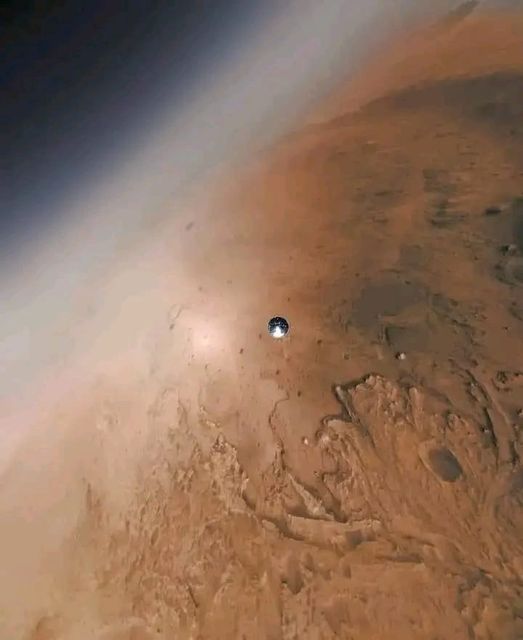
How The Hunt For Organic Matters Began On Mars
After NASA successfully launched its first rover, named the Pathfinder Rover on July 4, 1997, the search for past life on Mars officially commenced. The American Space Agency also launched other rovers to advance the search on Mars. NASA’s Curiosity Mars rover, which arrived on the red planet on August 5, 2012, is the first rover to discover evidence of organic matters in rock-powder samples.
After the Curiosity rover made this discovery in 2013, scientists became fascinated about advancing this search. To ensure that we get more details from future space missions to Mars, NASA went ahead to launch Perseverance Rover with more sophisticated technologies to Mars. The Perseverance rover discovered organic matter in the Jezero Crater on Mars before making its latest discovery.
The newest discovery was made in a location that scientists believed to contain sediment and salt deposits in the distant past. As soon as the Perseverance rover picks up the rock sample, it used its SHERLOC instrument to analyze and detect the most abundant organic matter in any rock samples ever collected on Mars. When NASA scientists received this data from the perseverance rover, they were astonished.
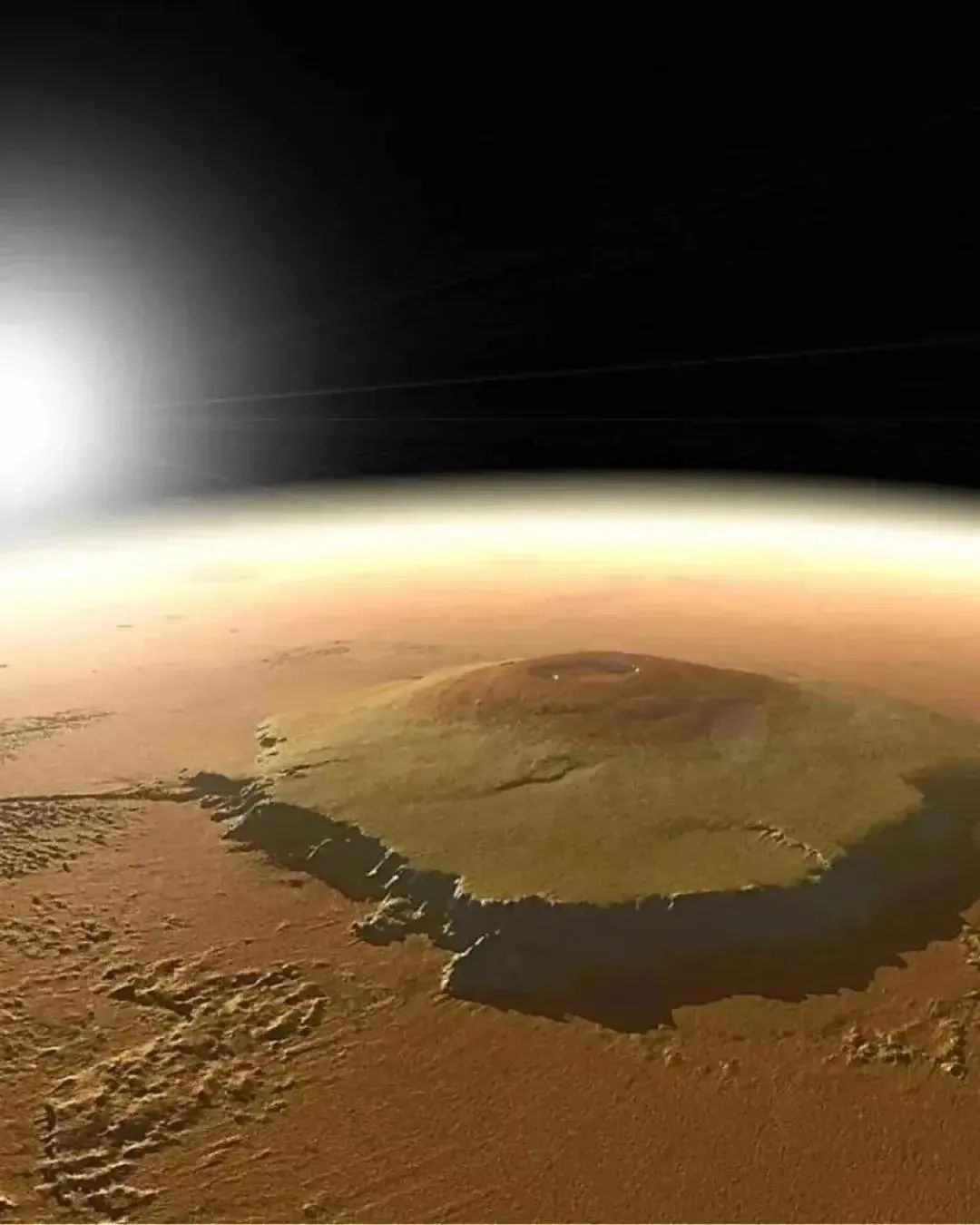
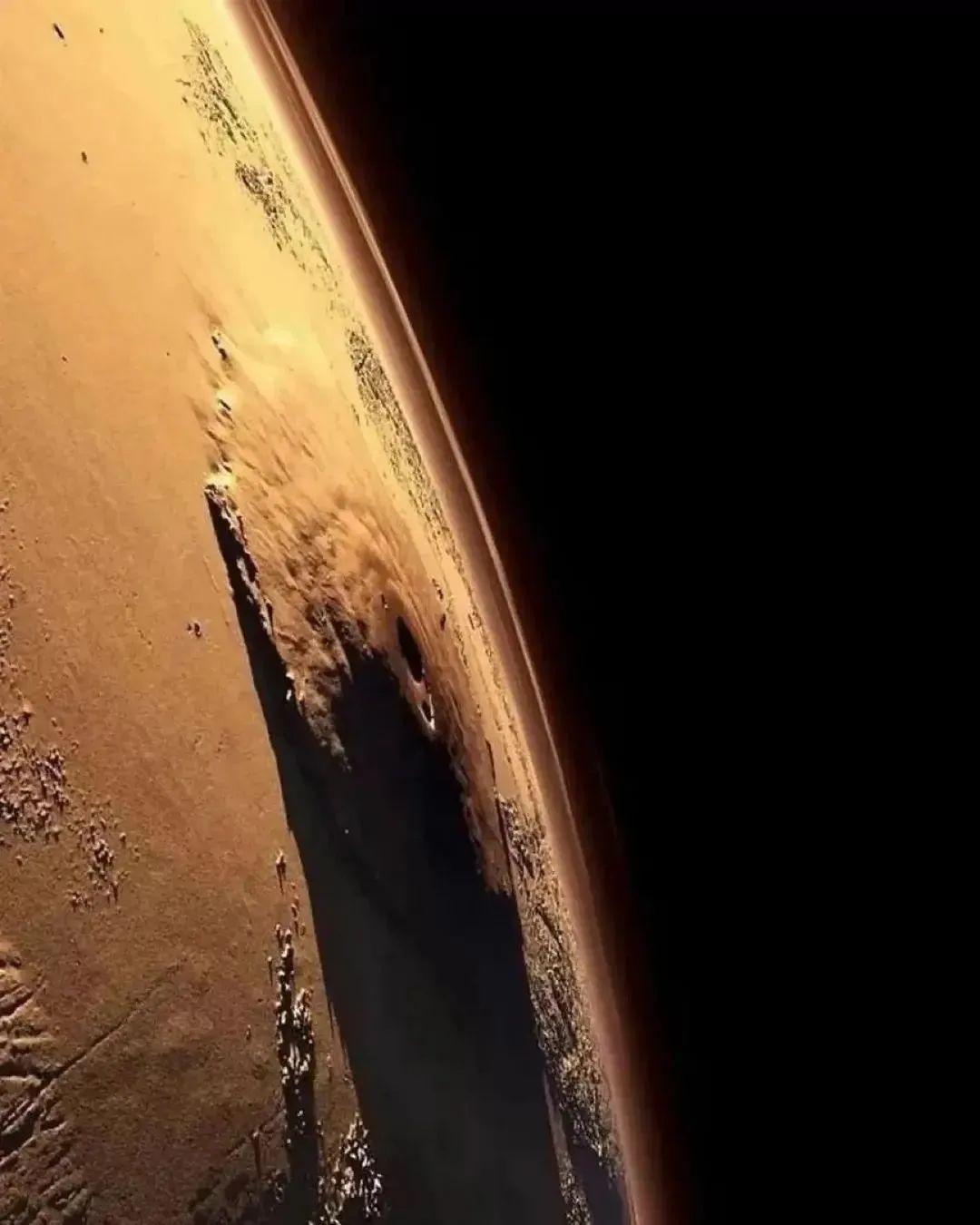

During a press release, NASA’s Perseverance
During a press release, NASA’s Perseverance Project Scientist Ken Farley described the discovery using these words. “In the distant past, the sand, mud, and salts that now make up the Wildcat Ridge sample were deposited under conditions where life could potentially have thrived. The fact the organic matter was found in such a sedimentary rock – known for preserving fossils of ancient life here on Earth – is important. However, as capable as our instruments aboard Perseverance is, further conclusions regarding what is contained in the Wildcat Ridge sample will have to wait until it’s returned to Earth for in-depth study as part of the agency’s Mars Sample Return campaign.”
How Will NASA Collect These Rock Samples To Continue The Search Of Past Life On Mars?
Since we still have to do further investigation on the rock samples, there is a need to return them to earth. But how can NASA do this? For months, the American space agency has been working on how to return these samples from Mars since the Perseverance collected its first rock samples in September 2021. NASA planned to partner with the European Space Agency to return every rock sample collected by the Perseverance rover.
Currently, the rover is already carrying diverse rock samples in its belly. NASA scientists are looking forward to depositing these samples in selected tubes located near the base of the delta in the next two months. Once the rover successfully deposits the cache, it will proceed with its delta exploration to make more scientific discoveries. Laurie Leshin, director of NASA’s Jet Propulsion Laboratory in Southern California, described what will benefit from recovering these rock samples.
“I’ve studied Martian habitability and geology for much of my career and know first-hand the incredible scientific value of returning a carefully collected set of Mars rocks to Earth,” said Laurie Leshin. “That we are weeks from deploying Perseverance’s fascinating samples and mere years from bringing them to Earth so scientists can study them in exquisite detail is truly phenomenal. We will learn so much.”
NASA plans to send two Ingenuity-like helicopters that will offer secondary assistance in recovering these rocket samples from the Martian’s surface. During the recovery process, the sample cache will be launched off the Mars surface. When it reaches orbit, it will dock into another spacecraft, which will proceed to return it to Earth safely. NASA is working toward recovering samples from the Red planet around the mid-2030s. We hope that the American Space Agency succeeds with its future plans on retrieving samples from Mars.
Conclusion
NASA’s Perseverance rover has played a significant role in the discovery of evidence of past life on Mars. With its latest discovery, we may be getting closer to finding real evidence of past life on Mars. How do you see this fascinating discovery?





